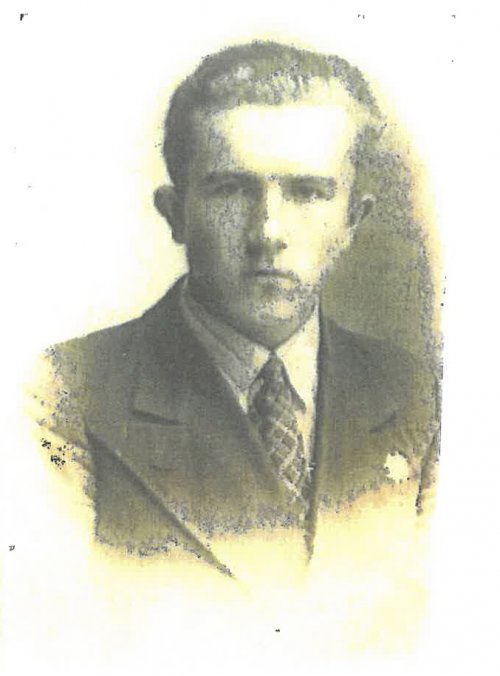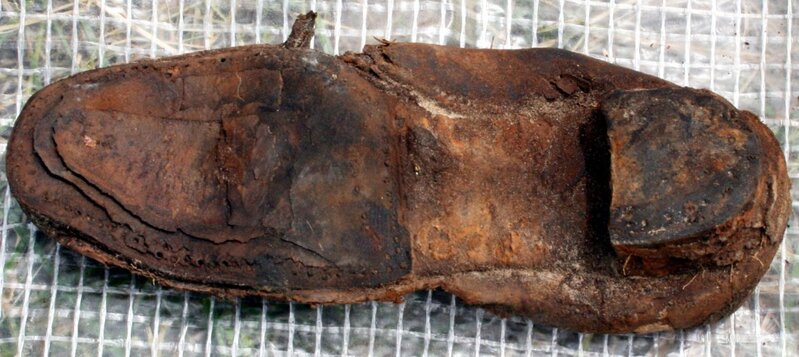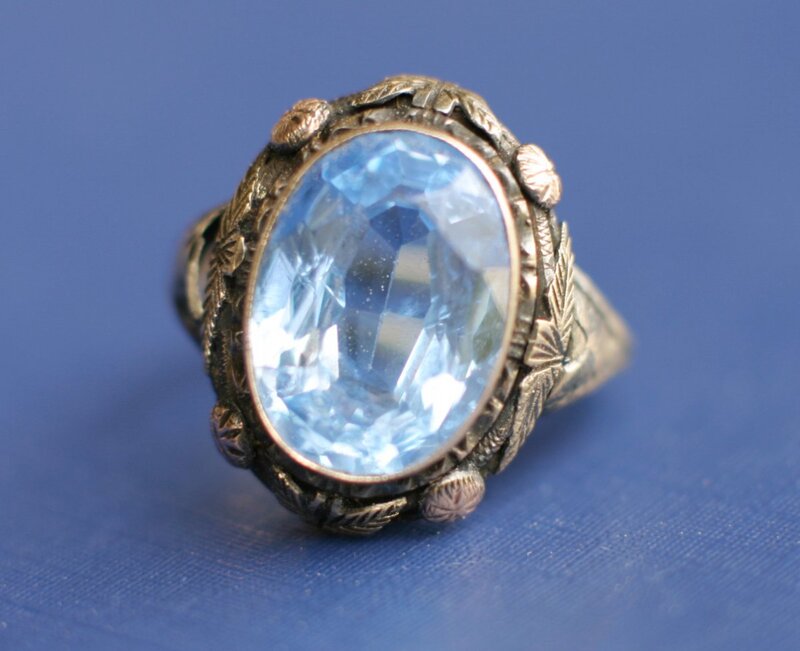Only the changes in international politics allowed for publications and film productions talking about the Republic of Poland as a country located between two totalitarian states. A country, which after years of partitions and a short, twenty year period of independence, had to struggle with the imperial aspirations of its powerful neighbours from the west and from the east.
Policy of eradicating the elites
The policy of eradicating the leading social classes of the Polish nation, Polish patriots independent of their nationality, religion or profession, was to guarantee dominance of both occupants.
The decision made by the Politburo of the United Workers’ Party on March 5th 1940 described the need to execute the highest punishment, death by a firing squad, on the people kept in three special camps of the NKVD: in Kozielsk, Starobielsk and Ostaszków, as well as in prisons at the territories of the so-called Western Ukraine and Western Belarus. As a result, officers of the Polish Army, policemen, representatives of other uniformed services and thousands of reserve soldiers, all representing the Polish intelligentsia called to defend the Homeland in 1939 and people arrested by the Red Army at the eastern lands of the Second Republic of Poland were murdered. In literature on the subject, the crime of the NKVD is called Katyń or the Katyń Massacre. These words became symbols, originating from the dates of the first exhumation works conducted in Katyń which confirmed the Soviet murder of Polish citizens, made loud by the Germans already in April 1943.
Junior high boys – scouts especially – wanting to help in the fight against the oppressors as much as they possibly could, often followed in their fathers’ footsteps. Captured with the army troops they shared the adults’ fate.
In many texts on various aspects of the 1940 crime, the fact that its victims were also minors – boys and girls – and also women, is seldom raised.
Children-victims of Katyń
Junior high boys – scouts especially – wanting to help in the fight against the oppressors as much as they possibly could, often followed in their fathers’ footsteps. Captured with the army troops they shared the adults’ fate. According to the guidelines of the Soviet authorities, some of them were sent from distribution camps to special NKVD camps with their fathers.
From the currently established group of 65 minors in ages between 8 to 17 who were imprisoned, most of them were released. However, the fate of all of them is not yet known. Did they share the road of the 8-year-old Feliks Mastalerz, whose fate after being sent to a child care home in Ostaszków is still unknown, or rather of Staś Ozimek, whose remains lie in the town of Miednoje? Perhaps it was Staś’s last moments before the shooting that Dmitry Tokariev, the head of the NKVD in Kalinin, described in his journal:
“[…] he was without a cap. He walked in and smiled, yes, a boy, a normal boy”.
To read the full article, please go to :https://przystanekhistoria.pl/pa2/tematy/english-content/64665,Under-Katyns-shadow-Reflections-on-underage-and-female-victims-of-the-Katyn-mass.html



